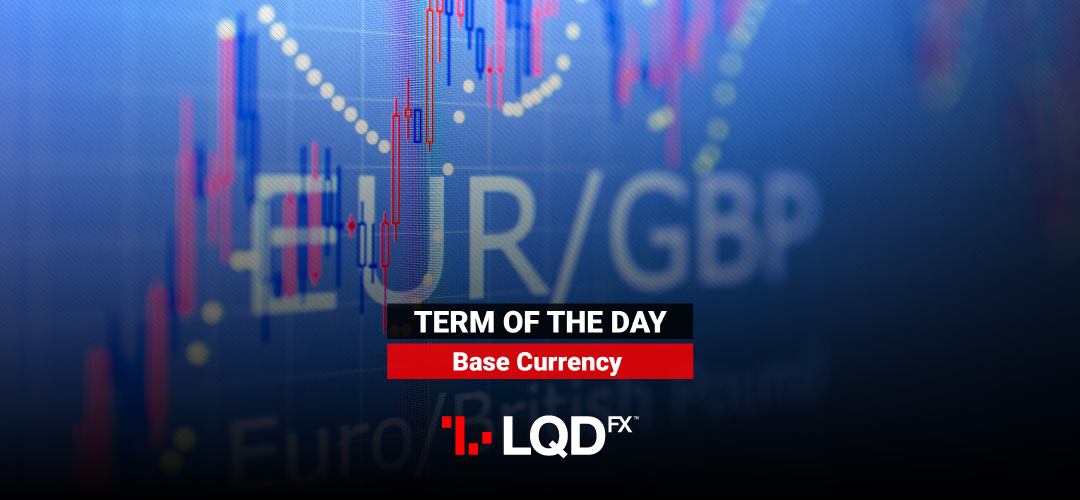In the Forex market we quote currency units as currency pairs. Base currency or transaction currency is the currency that other currencies are quoted against, i.e. the first currency in a currency pair.
Base Currency and Quote Currency
The following currency in the currency pair is called quote currency or counter currency. For example, in GBP/EUR pair, GBP (sterling) is the base currency and EUR (Euro) is the quote currency. Thus, the quotation GBP/EUR 1.1200 (or GBPEUR 1.1200) means that someone can exchange one sterling for 1.1200 euros.
In the Forex market, we normally consider major currencies, like the US Dollar, the “base” currency for quotes.
Majors, minors and exotic currency pairs
The currency pairs that traders around the world prefer are the Majors. The Majors currencies are: the Euro, the US dollar, the Japanese Yen, the Pound sterling, the Australian dollar, the Canadian dollar, and the Swiss franc.
Cross currency pairs, also known as crosses or minors, are those that do not quote the USD, e.x. AUDCAD. Euro crosses are those pairs involving the euro. Minor pairs are not so popular as the Major ones and they lack liquidity compared to them.
Trading exotic currency pairs is not an easy project because of the lack of interest for them in the Forex market. Exotics are the currencies of developing countries and/or emerging markets. They often lack market depth due to high volatility and high spreads involved. Usually, the cost of trading exotic currencies is usually high.
Did you know that the International Organization for Standardization (ISO) prescribes the abbreviations used for currencies?
These codes are provided in standard ISO 4217. The purpose of ISO 4217:2015 is to establish internationally recognized codes for the representation of currencies. We can find the Currencies coded in two ways: either in a three-letter alphabetic code or in a three-digit numeric code.
Sources: Investopedia, International Organization for Standardization
PLEASE NOTE The information above is not investment advice.
